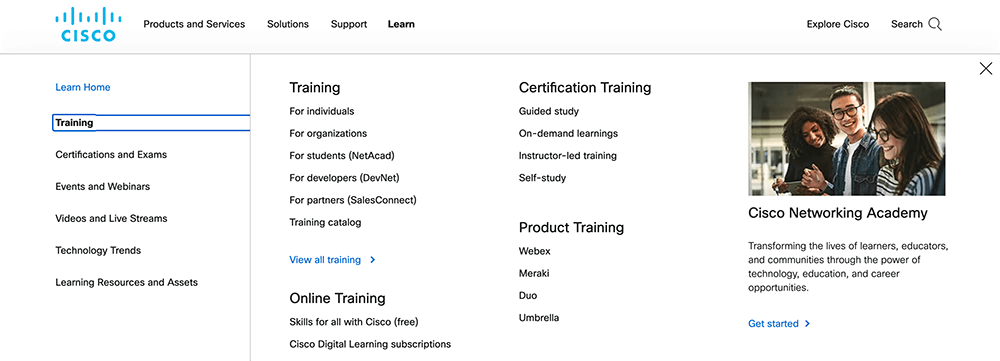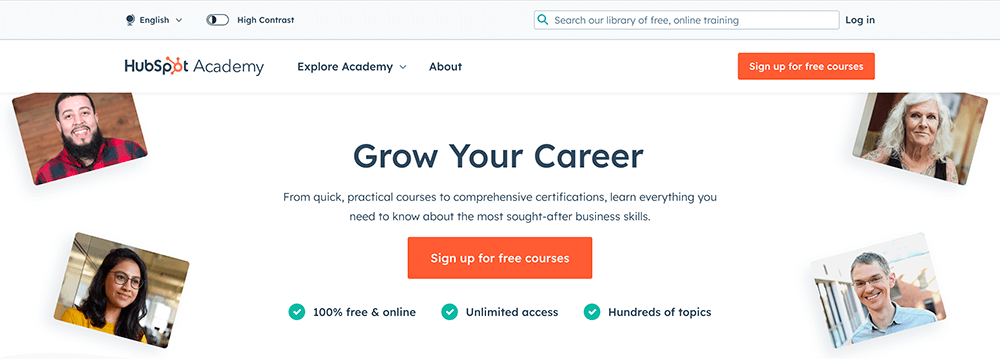The Importance of User Behaviour for SEO
For B2B companies, success hinges not only on the quality of your products or services but also on your ability to understand and align with the needs of your target audience. Deciphering B2B user behaviour is the key to unlocking this understanding, and it all begins with grasping the intricacies of user search intent.

1. Understanding User Intent in the Context of B2B
Categorise user search intent by identifying informational, navigational, and transactional intents to tailor your SEO strategy accordingly.
Informational Intent:
- Searchers with information intent seek knowledge or information on a specific topic, e.g., “How to optimise website speed.”
- To appeal to these users, your content should be educational, informative, and answer user queries.
Navigational Intent:
- Users with navigational intent are those looking for a particular website or webpage.
- To target these searchers, ensure your website is easily navigable and provides a seamless user experience.
Transactional Intent:
- Users searching with transactional intent have the intention to make a purchase or engage in a specific action.
- To target these users, include clear calls-to-action (CTAs) and make the purchasing process straightforward, and optimise for transactional keywords related to your products or services.
2. Keyword Research and Its Role in Identifying User Intent
Thorough Keyword Research: Use tools like Google Keyword Planner, SEMrush, or Ahrefs to identify industry-specific terms and phrases.
Long-Tail Keywords: Uncover specific, long-tail keywords that resonate with B2B audiences.
3. Creating Content That Aligns With User Intent
Diversify Content: Craft blog posts, whitepapers, case studies, and resources that directly address B2B audience questions and challenges.
Cisco have a whole section on their website dedicated to educating their B2B audience through informative learning resources which directly address their questions and challenges:

Authority Building: Provide valuable content to establish authority and enhance visibility in search engine results.
HubSpot have established thought leadership in the marketing industry by sharing their expertise through multiple formats, including their blog, ebooks, guides, videos and the HubSpot Academy. They have nailed user search intent by providing answers to all questions and queries their audience could ever possibly have about marketing, helping them to become the go-to resource for advice in the industry.

4. Analysing User Behaviour Through Analytics Tools
Quantifiable Metrics: Leverage tools like Google Analytics to track metrics such as page views, bounce rates, and time on page.
Identify Patterns: Analyse data to identify user patterns and preferences.
5. Adjusting Content Based on User Feedback and Interactions
Feedback Loop: Actively seek and respond to user feedback through comments, surveys, or social media interactions.
Refine Content: Use feedback to refine content, address pain points, and stay attuned to evolving B2B audience needs.
6. How Understanding User Intent Impacts Conversion Rates
Drive Conversions: Align content with user intent to create a user experience that attracts and converts.
Call to Action: Whether it’s downloading a resource or making a purchase, providing content that resonates with user search intent enhances conversion rates.
Final Thoughts
Decoding B2B user behaviour is an ongoing journey that intertwines seamlessly with your SEO strategy. By defining and understanding user intent, conducting meticulous keyword research, creating purpose-driven content, analysing user behaviour, adapting based on feedback, and driving conversions, you chart a course toward SEO success in the competitive landscape of B2B.
Contact us today for a free consultation and check out our case studies to discover how we’ve other B2B brands build their SEO strategy.




